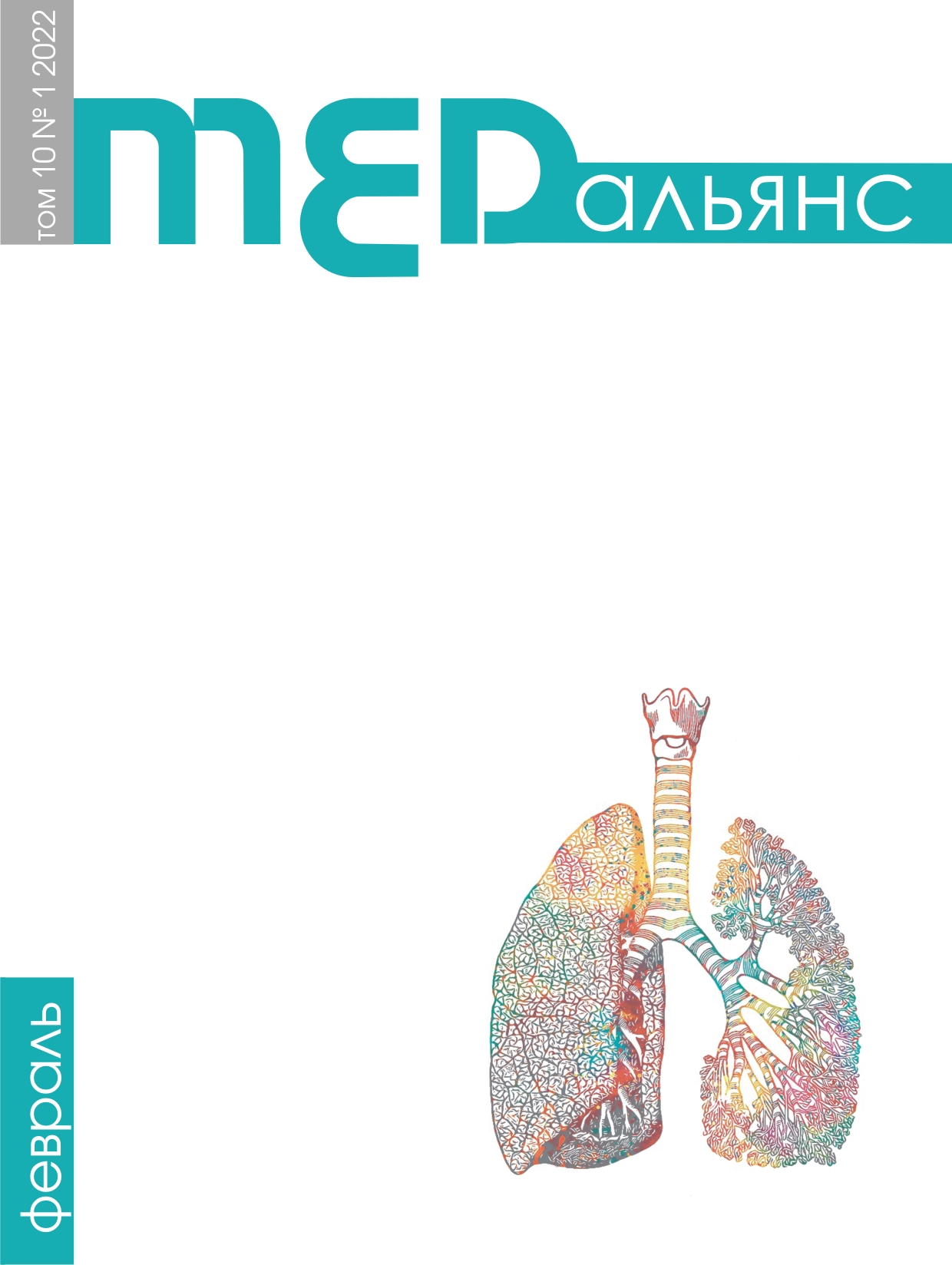Abstract
Smoking cessation plays a critical role in bringing down the risk of malignancies’ development and early death. It was shown that the risk of death among smokers with lung cancer was 1.65 times higher (95% CI 1.15–2.12) than among those who ceased smoking (1.32 95% CI 1.04–1.67), and that it depends on the number of cigarettes smoked per day and duration of withdrawal. After smoking cessation, the risk of lung cancer goes down by 20–90% compared to the risk among active smokers. When conducting lung cancer screening, smoking cessation after 1 year reached 18% among those with positive screening results vs 7% among those with negative. Another study demonstrated, that negative screening results in the course of a 6-year observation period were not connected with decreased tobacco withdrawal parameters. 44% smokers stated that screening made them think about smoking cessation; 29% made an attempt to cease smoking; 25% started smoking less. The efficacy of smoking cessation depended on the methods of care and assistance provided: chances of withdrawal for 6 months amounted to 1.14 when assistance was provided via the Internet; 1.21 when advice was given via phone; 1.46 when advice was given face to face; and 1.53 when nicotine dependence was treated.
Conclusion. Access to evidence based interventions to cease smoking is to be provided to all smokers, never mind the results of screening for lung cancer or motivation to cease smoking.

